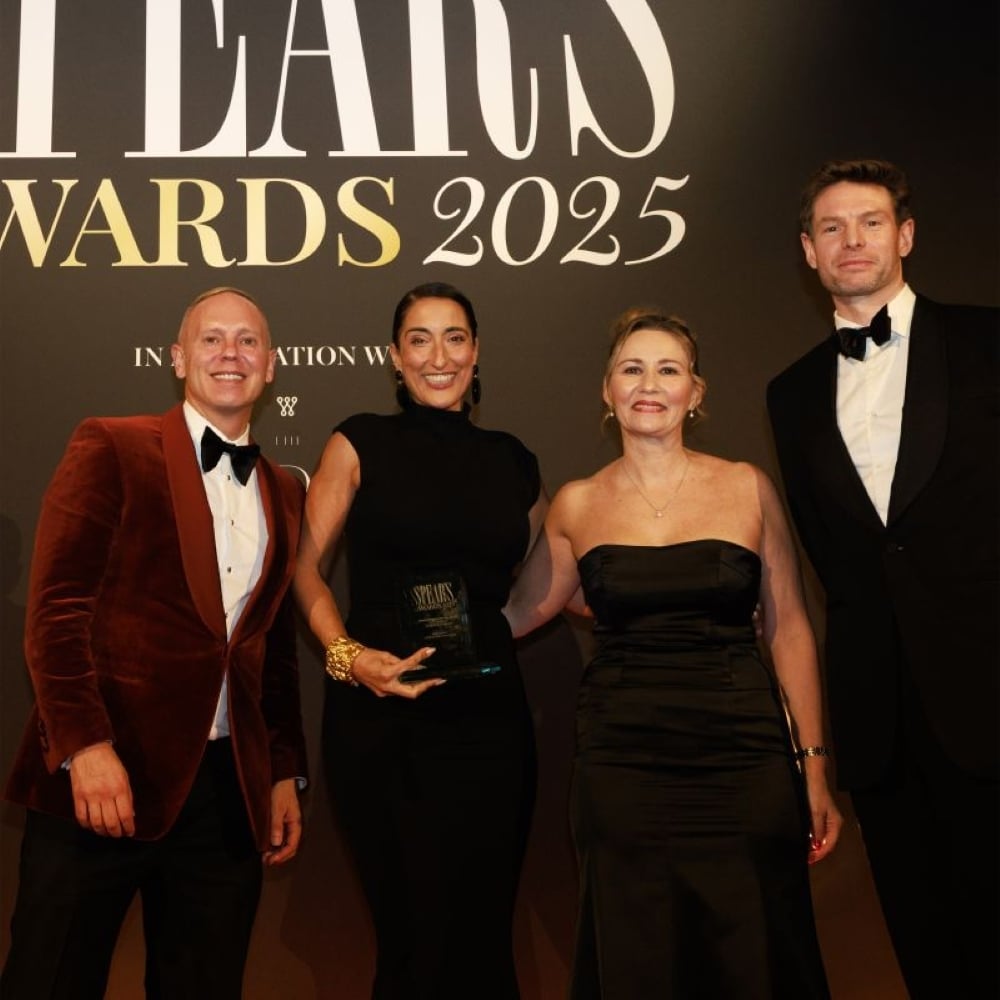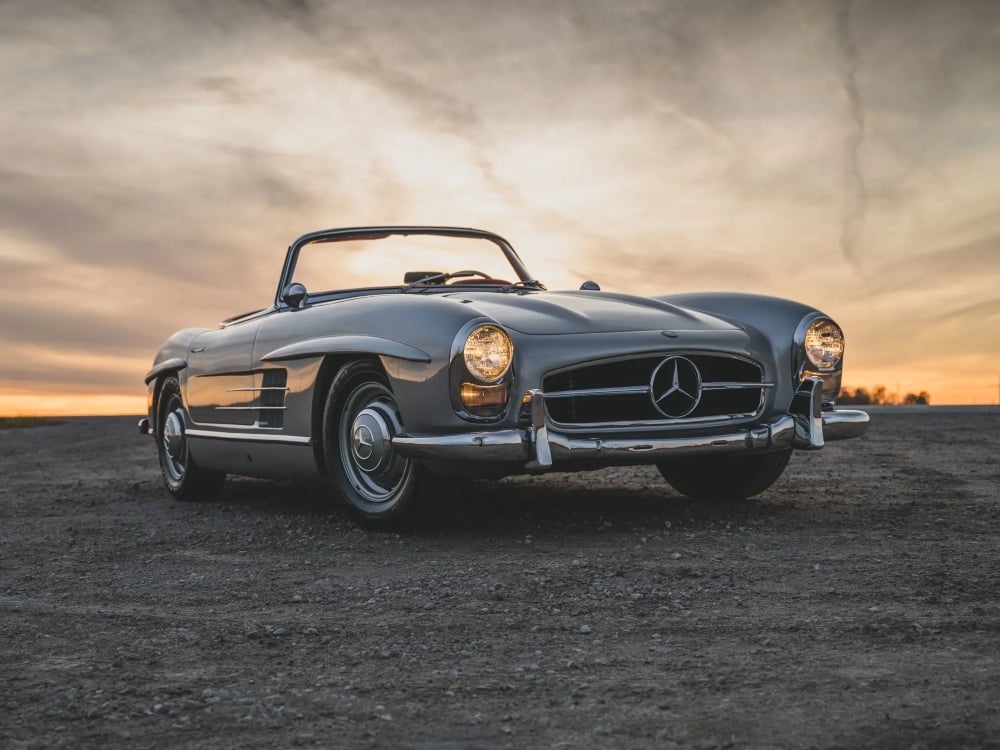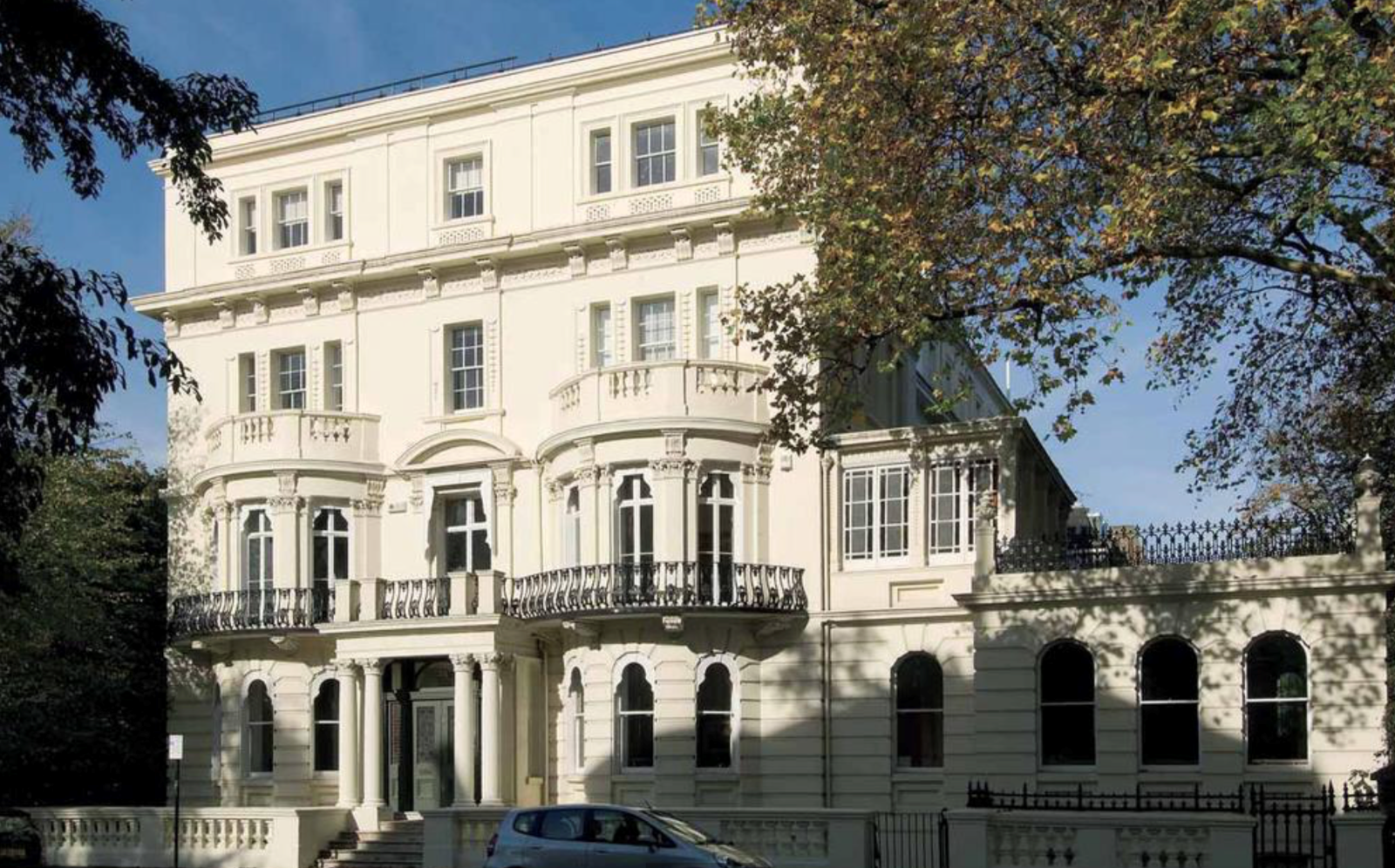An Enduring Penchant for Middle Eastern Art: Sotheby’s Leading the Charge
Middle Eastern art has been in the spotlight more than ever over the past decade. Sotheby’s sales and exhibitions dedicated exclusively to Arab artists, transcending epochs and mediums, demonstrate this.
The auction house has orchestrated some incredibly lucrative deals in the field and has increased its market share year after year, solidifying its position as the most prominent platform for Middle Eastern artwork. This indicates a growing appreciation among collectors for creative voices and raw perspectives from the Middle East and North Africa. Testifying to this enduring appetite was the landmark 2013 Sotheby’s Contemporary Art auction in Doha, which commanded a staggering $15.2 million in sales, setting a record for the ages.
Building on this momentum, the auction house introduced sales to the London auction calendar in 2016 and has since continued to redefine the standards for success. With London as the principal hub for the sale of artworks from the MENA region, sales have consistently achieved and even surpassed their pre-sale estimates.

Sotheby’s Modern & Contemporary Middle East Auction
Sotheby’s Modern & Contemporary Middle East auction is a bi-annual event that celebrates the immeasurable breadth of artistic expression from the Middle East, North Africa, and Türkiye.
There’s a focus on modernist and contemporary artists this year, with key highlights of the selection including pieces by Burhan Dogançay and Juliana Séraphim. The stirring emotion and masterful technique manifested in these pieces are not only truly inspiring but also justify their widespread appeal.
A curated selection of culturally poignant pieces were unveiled at an exhibition in Dubai from the 7th to 11th of April and will be in London from the 25th to the 30th of April.
Burhan Dogançay
Untitled – Ribbons Series, 1975
(acrylic on canvas)
Born in Istanbul in 1929, Burhan Doğançay began his artistic journey under the patronage of his father, painter Adil Doğançay. His formative years and experimental phases showcased his impressive range, with his skills spanning abstraction, photojournalism, painting, sculpture, and photography. Yet, it was his relationship with the vernacular of urban walls and doors that carved his niche in the canon of contemporary art.
Doğançay’s iconic Ribbons series, which emerged in the early 1970s, marked a transformative shift in his oeuvre. Departing from his usual textured, collage-based representations of decaying urban surfaces, these works embraced a refined, abstract sensibility. These paintings have a deep relationship with Türkiye’s characterful street culture and stand out for their striking evocation of Islamic calligraphy. Doğançay acknowledged these connections in the titles of some paintings while leaving others open to interpretation by not naming them.
Doğançay has masterminded 14 series over the course of his career, each exploring the physical and symbolic surfaces of urban walls, using a variety of techniques and materials. From the 1960s, the collage became his quintessential medium, and he thrived on capturing fragmented narratives embedded within the landscape.
Doğançay’s works have taken centre centrestage at countless exhibitions around the world and now dwell in the permanent collections of some of the most prestigious cultural institutions, including The Metropolitan Museum of Art and the Guggenheim in New York, the British Museum in London, Centre Georges Pompidou in Paris, and the Albertina in Vienna.
Juliana Séraphim
Untitled – Signed and dated Juliana Séraphim, '91
(oil on canvas)
Juliana Séraphim was born in 1934, in Jaffa, Palestine. Her artistic sojourn, which began after her family was displaced to Lebanon, would go on to become among the most noteworthy in the realm of contemporary art, spanning genres, mediums, and continents.
She undertook her formal training during the 1950s under the mentorship of Jean Khalifé, a pioneering figure in Lebanese abstraction. Her artistic pursuits took her to Europe, where she studied at the Academy of Fine Arts in Florence and the Royal Academy of San Fernando in Madrid. It was here, where Séraphim’s quintessential visual language and aesthetic began to shine through — an ethereal and dreamlike quality that became her staple and defined her practice.
Séraphim’s work is rooted in Surrealism and often transcends the tangible world. Instead, onlookers get vivid glimpses originating from the deepest recesses of her subconscious. Her compositions depict a utopia where femininity, introspection, and emotional sensitivity are not only cherished but revered. Unlike most of her contemporaries who focused solely on political subjects, Séraphim explored the nuances and inner workings of the self. Her canvases, blossoming with free-flowing lines, luminous hues, and enigmatic symbols, invite deeper reflection. The harmony of complementary tones, such as rich greens and saturated pinks, evokes a placid, yet wistful atmosphere. “The images in my paintings come from deep within me: they are surreal and unexplainable,” she once observed.
Séraphim’s work has deservedly garnered global acclaim, with esteemed institutions such as the Metropolitan Museum of Art in New York and the Institut du Monde Arabe in Paris proudly exhibiting her pieces. She remains an iconoclast in the realm of modern Arab art — a visionary who painted not the world we saw but one thriving in the depths of her imagination.
Final Note
Sotheby’s has long been the custodian of the world’s finest possessions, a vision that has endured for nearly three centuries. Steered by this provenance, it has continued to champion artistic vision, raw talent, and genuine dedication, sparking discourses that have had seismic impacts on the wider cultural landscape — indeed, it is a noble commitment beyond sales.
This April, the Modern and Contemporary Middle East exhibition will make its way to Dubai from the 7th to the 11th before arriving in London on the 25th. It is a rare opportunity to experience an odyssey that is as personal as it is powerful. As we look to the upcoming exhibition, it is clear that the evolution of Middle Eastern art is still ongoing — steeped in history, pulsating with life, and ever more relevant.
Clients of United Kingdom Sotheby's International Realty are invited to request a complimentary home visit to have jewellery, artwork and other precious items valued by Sotheby's Auction House. This exclusive offer is part of our commitment to delivering elevated advice and outstanding service. To enquire, please contact your property advisor.



